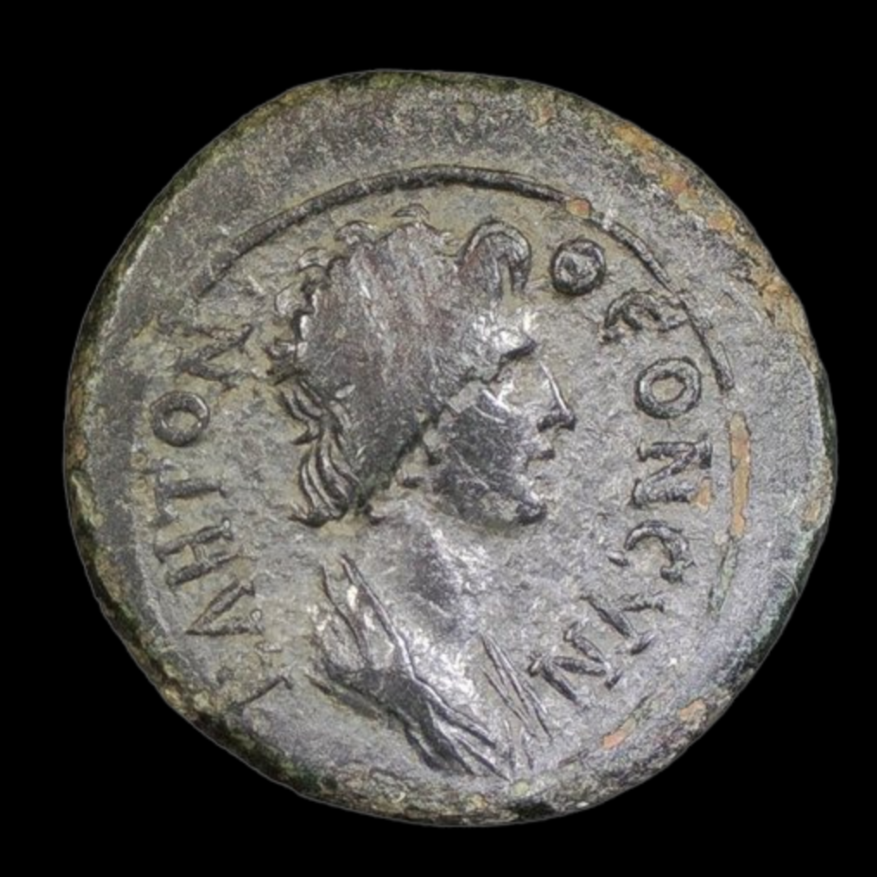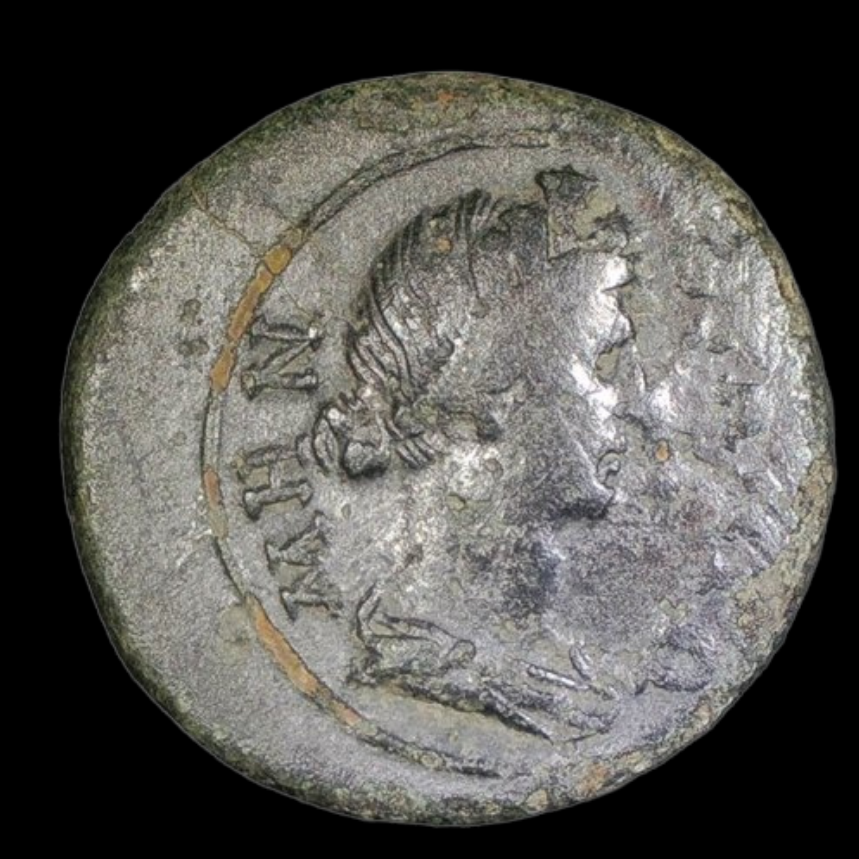 Image 1 of 5
Image 1 of 5

 Image 2 of 5
Image 2 of 5

 Image 3 of 5
Image 3 of 5

 Image 4 of 5
Image 4 of 5

 Image 5 of 5
Image 5 of 5






Roman Silver Coin of Emperor Philip II (about 1,775-1,780 years ago)
The coins shown are representative examples of the grade and type, but not the actual specimens for sale. For details on NGC’s grading standards and definitions, please refer to our NGC Grading page.
This silver-washed antoninianus portrays the young Emperor Philip II, who was elevated to co-ruler by his father Philip the Arab during the chaotic mid-third century. Becoming Caesar at just seven years old and Augustus (co-emperor) by age ten, Philip II's brief life and reign exemplify how the desperate search for stability through dynastic succession failed to resolve the empire's mounting crises during this turbulent period.
Coin Description:
Front side: Portrait of young Philip II facing right, wearing a radiate crown, typically depicted with youthful features, with Latin inscription giving his name and titles
Back side: May feature themes emphasizing Philip II's position as heir and successor, including military symbols, personifications of virtues, or references to the security of the empire
Technical Details:
Silver-washed bronze composition (antoniniani of this period contained minimal silver)
Denomination: Antoninianus (double denarius)
NGC certified
Minted between 247-249 AD
Condition as certified by NGC
Historical Significance: Philip II's brief life illustrates the accelerating imperial instability during the Crisis of the Third Century. His father Philip the Arab (Philip I), after rising from humble origins to become emperor in 244 AD, quickly appointed his young son as Caesar in hopes of establishing a dynasty that might bring stability. In 247 AD, the ten-year-old Philip II was elevated to full Augustus (co-emperor), emphasizing the succession plan. Despite these precautions, both Philips were overthrown when the general Trajan Decius revolted in 249 AD. Philip I died in battle against Decius near Verona, while the teenaged Philip II was either killed in Rome by the Praetorian Guard or at his father's side in battle. Their brief dynasty, lasting just five years, represents one failed attempt among many to restore stability during the fifty-year crisis period that wouldn't end until Diocletian's reforms in 284 AD.
The coins shown are representative examples of the grade and type, but not the actual specimens for sale. For details on NGC’s grading standards and definitions, please refer to our NGC Grading page.
This silver-washed antoninianus portrays the young Emperor Philip II, who was elevated to co-ruler by his father Philip the Arab during the chaotic mid-third century. Becoming Caesar at just seven years old and Augustus (co-emperor) by age ten, Philip II's brief life and reign exemplify how the desperate search for stability through dynastic succession failed to resolve the empire's mounting crises during this turbulent period.
Coin Description:
Front side: Portrait of young Philip II facing right, wearing a radiate crown, typically depicted with youthful features, with Latin inscription giving his name and titles
Back side: May feature themes emphasizing Philip II's position as heir and successor, including military symbols, personifications of virtues, or references to the security of the empire
Technical Details:
Silver-washed bronze composition (antoniniani of this period contained minimal silver)
Denomination: Antoninianus (double denarius)
NGC certified
Minted between 247-249 AD
Condition as certified by NGC
Historical Significance: Philip II's brief life illustrates the accelerating imperial instability during the Crisis of the Third Century. His father Philip the Arab (Philip I), after rising from humble origins to become emperor in 244 AD, quickly appointed his young son as Caesar in hopes of establishing a dynasty that might bring stability. In 247 AD, the ten-year-old Philip II was elevated to full Augustus (co-emperor), emphasizing the succession plan. Despite these precautions, both Philips were overthrown when the general Trajan Decius revolted in 249 AD. Philip I died in battle against Decius near Verona, while the teenaged Philip II was either killed in Rome by the Praetorian Guard or at his father's side in battle. Their brief dynasty, lasting just five years, represents one failed attempt among many to restore stability during the fifty-year crisis period that wouldn't end until Diocletian's reforms in 284 AD.























